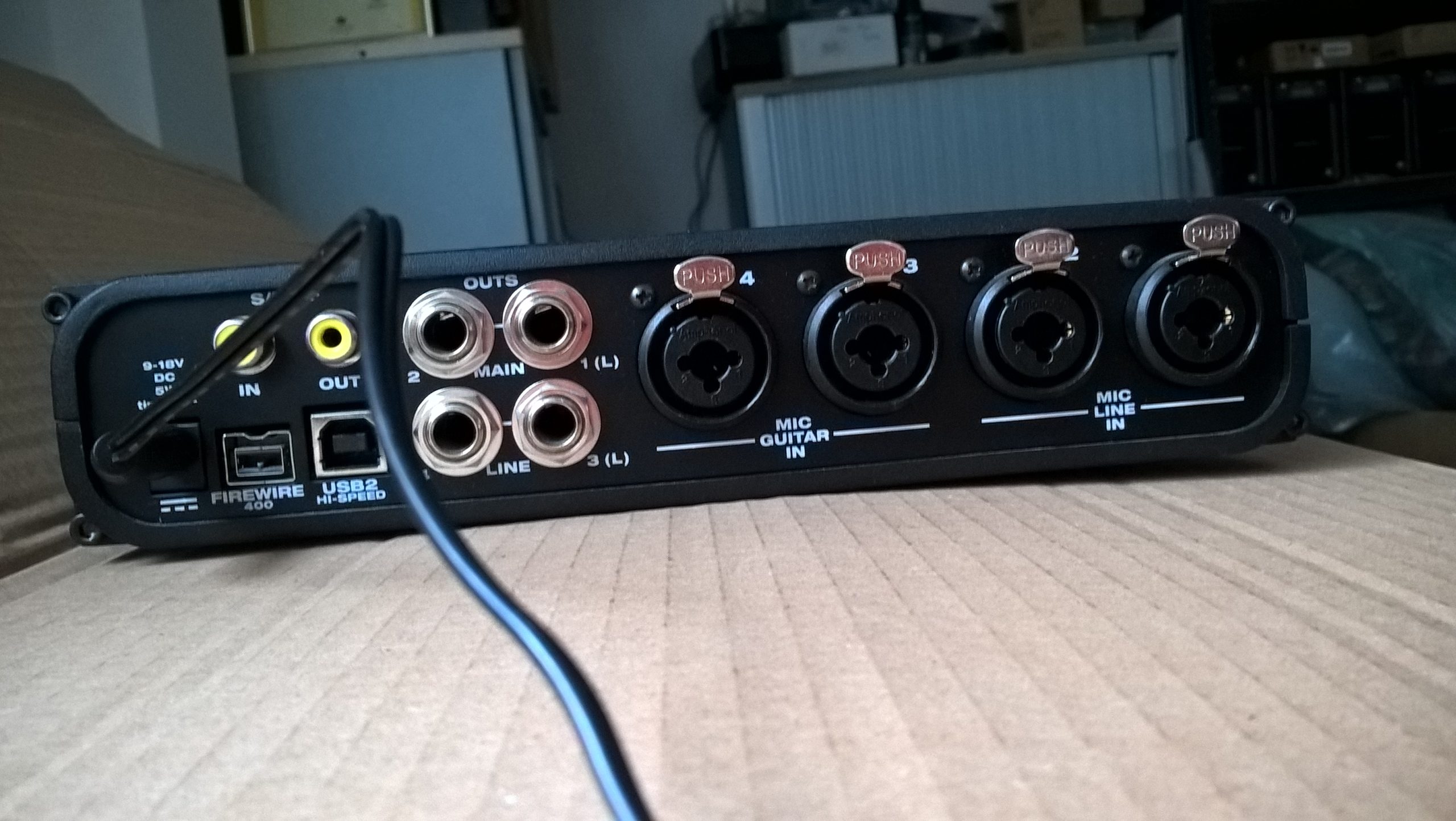Title: Do You Need to Update the BIOS on Your New Intel Core i7-13th Gen Laptop?
If you’ve recently purchased a new laptop equipped with an Intel Core i7-13th Generation processor, you might have come across advice suggesting that updating the BIOS is necessary. But is this always true? Let’s explore whether your new machine requires a BIOS update, why it might be recommended, and how to approach the process safely.
Understanding BIOS Updates and New Processors
The BIOS (Basic Input/Output System) is essential firmware that initializes hardware components during system startup. Manufacturers often release BIOS updates to include compatibility improvements, security patches, or performance enhancements for the latest hardware, including new processor generations like the Intel Core i7-13th Gen.
Should You Update Your BIOS?
While updating the BIOS can bring benefits such as improved stability, security, and hardware compatibility, it is not always necessary immediately after purchase. Many modern manufacturers pre-flash their systems with the latest BIOS versions before shipping, ensuring compatibility with current hardware configurations.
For your specific setup, like the Lenovo Legion Y9000K which features an Intel Core i7-13650HX, the need for a BIOS update depends on a few factors:
- Manufacturer Recommendations: Check the manufacturer’s official website or support page for your laptop model. They often specify whether a BIOS update is recommended for newer processors or for fixing known issues.
- System Stability: If your system is operating smoothly, without hardware recognition issues or crashes, a BIOS update may not be immediately necessary.
- Security and Compatibility: If there are recent security advisories or known compatibility issues addressed in a BIOS update, it might be wise to update.
How to Safely Update Your BIOS
If you determine that an update is beneficial, follow these steps carefully:
- Backup Data: While BIOS updates are generally safe if performed correctly, always back up important data beforehand.
- Visit the Manufacturer’s Website: Access the official support page for your laptop model to find the latest BIOS updates.
- Follow Official Instructions: Use the provided tools or utilities to update the BIOS. This usually involves downloading a specific file and executing it within Windows or creating a bootable USB drive.
- Ensure Power Stability: Connect your device to a reliable power source to prevent interruptions during the update.
- Do Not Interrupt the Process: Once initiated, do not turn off or restart your system until the update completes.
Conclusion
For new laptops with Intel
Share this content:

